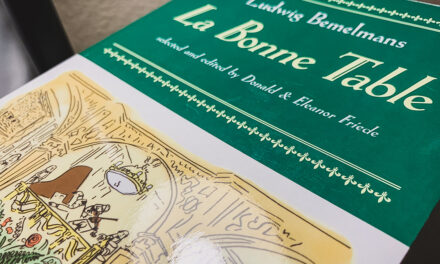Redding, California, isn’t just a city; it’s a living, breathing chronicle of history, where each corner tells a tale of transformation, resilience, and growth.
Redding’s story is as diverse as it is fascinating, from its indigenous roots to its present-day allure.
The Indigenous Era: A Land Before Time
Wintu and Other Tribes: Before European settlers stepped foot in the area, the Wintu tribe, along with other Native American groups, thrived in the lush landscapes of what is now Redding. Their deep respect for nature and sustainable living practices laid the foundational ethos of the region.
The Impact of European Arrival: The entrance of Europeans marked a significant shift. The delicate balance of the native ecosystem and cultural practices faced disruptions, leading to a complex, often challenging coexistence.
Gold Rush and The Railroad Revolution
A Town Is Born: The California Gold Rush of the 19th century was a magnet for fortune-seekers. Redding emerged as a bustling community named in honor of Benjamin B. Redding, a railroad official. The town quickly became an essential stopover for supplies and commerce.
Railroad Expansion: The construction of the Central Pacific Railroad was a game-changer. It facilitated trade and mobility and attracted a diverse population, setting the stage for Redding’s future growth.
Twentieth Century: From Industry to Innovation
Diverse Economic Shifts: Post-Gold Rush, Redding didn’t rest on its laurels. It pivoted towards industries like timber, agriculture, and mining, showcasing a remarkable economic adaptability.
The War and Its Aftermath: World War II brought changes and challenges. Redding’s strategic location and industrial strength contributed significantly to the war effort. The post-war era saw a surge in development and modernization, shaping Redding into a contemporary city.
Sundial Bridge: An Icon of Modernity
An Architectural Marvel: In the 21st century, the Sundial Bridge, designed by renowned architect Santiago Calatrava, symbolized Redding’s commitment to art and engineering. More than a bridge, it’s a destination for visitors worldwide, marveling at its unique design and functionality.
Natural Wonders and Environmental Stewardship
Balancing Development with Nature: Redding has skillfully balanced urban development with environmental conservation. The city is surrounded by natural wonders, from the majestic Shasta-Trinity National Forest to the serene Whiskeytown National Recreation Area.
Recreation and Tourism: The city has become a hub for outdoor enthusiasts, offering activities like hiking, fishing, and mountain biking. This blend of urban and natural attractions continues to draw visitors and new residents alike.
Q&A: Delving Deeper into Redding’s Rich Past and Present
Q: What traditions of the Wintu tribe still exist in Redding today?
A: Elements of Wintu heritage, such as respect for the natural world, can be seen in Redding’s environmental conservation efforts and cultural events that honor indigenous history.
Q: How did the railroad impact Redding’s demographic makeup?
A: The railroad brought diverse groups to Redding, creating a melting pot of cultures that has enriched the city’s social and cultural fabric.
Q: In what ways did Redding’s economy diversify after the Gold Rush?
A: Redding shifted from mining to industries like timber and agriculture and later to tourism and technology, demonstrating economic resilience and adaptability.
Q: What role does the Sundial Bridge play in Redding’s identity?
A: The Sundial Bridge is an architectural feat and a symbol of Redding’s innovative spirit and appreciation for function and beauty.
Q: How has Redding preserved its natural surroundings amid urban growth?
A: Through deliberate city planning and community initiatives, Redding has maintained a balance between development and preserving its natural surroundings.
Q: What challenges does Redding face today, and how is it addressing them?
A: Challenges like urban expansion and climate change are being met with sustainable practices, community engagement, and a focus on renewable energy sources.
Redding’s Legacy and Future
Redding’s history is a testament to human endurance, adaptability, and respect for nature.
It’s a city that has reinvented itself repeatedly while staying true to its roots. As Redding marches into the future, it continues to be a place where history is cherished, and new chapters eagerly await to be written.
How will this Northern Californian city evolve while preserving its unique blend of heritage and modernity?
Only time will tell.





